How Reverse Osmosis System Work: A Complete Guide
Understanding Reverse Osmosis: What It Really Means
A reverse osmosis system is a water purification method that uses pressure to force water through a semi-permeable membrane. Unlike traditional filtration, RO systems are capable of removing up to 99% of total dissolved solids (TDS), including salts, heavy metals, and microbial contaminants.
This technology is not just for drinking water—it’s widely used in agriculture, manufacturing, laboratories, and even seawater desalination.
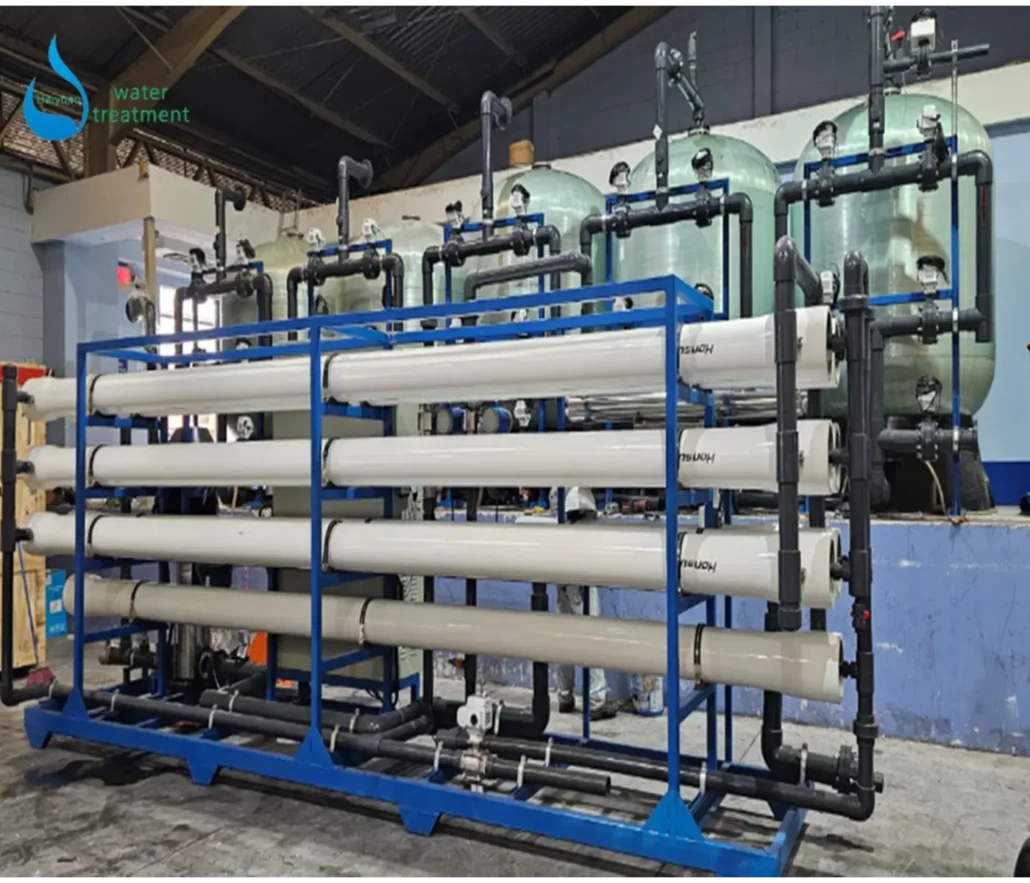
How Does a Reverse Osmosis System Work?
To understand how a reverse osmosis system works, it helps to break down the process into stages:
1. Pre-Treatment: Preparing Water for RO
Before reaching the membrane, raw water must go through pre-filters to protect the system:
Sediment filter: Captures rust, sand, and large particles.
Activated carbon filter: Removes chlorine and organic compounds that degrade membrane performance.
2. The RO Membrane: The Core of the System
This is the stage where reverse osmosis happens. Under pressure, water molecules are pushed through a thin membrane, while dissolved solids and contaminants are left behind and discharged as waste.
Typical contaminants removed:
1.Sodium, calcium, and other salts
2.Lead, mercury, and arsenic
3.Bacteria, viruses, and cysts
4.Nitrates, sulfates, and fluoride
3. Post-Treatment (Optional but Recommended)
Depending on usage, some systems include additional filtration:
Carbon post-filter: Enhances taste and smell
UV sterilizer: Provides microbial protection
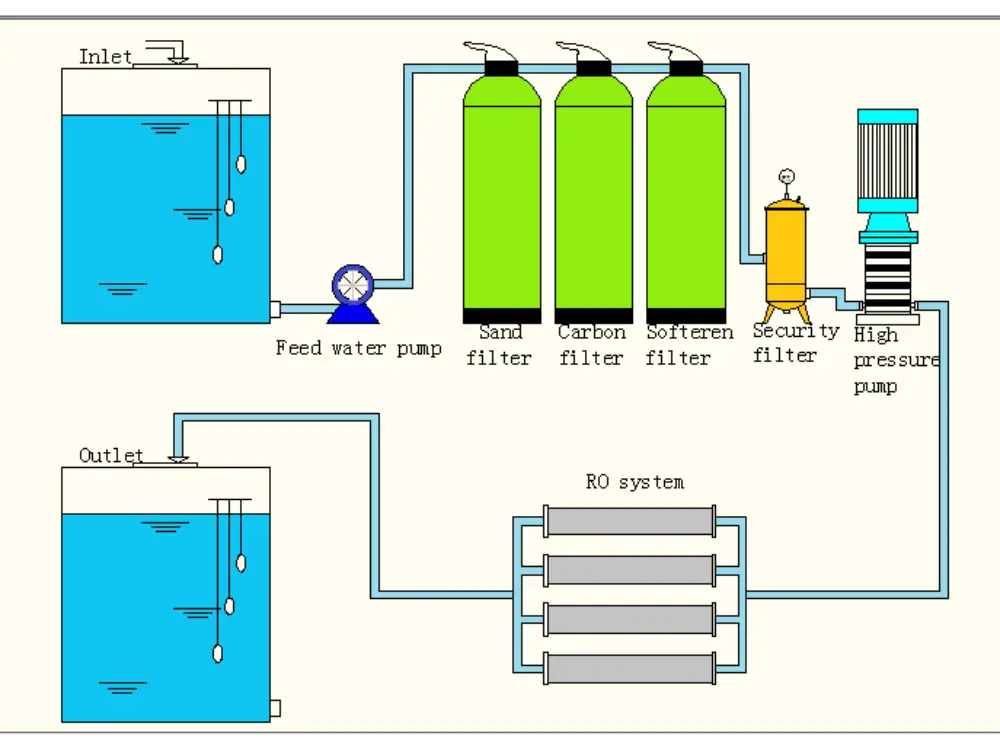
Why Choose a Reverse Osmosis Systems?
1.Superior Filtration
RO systems offer far better filtration compared to traditional filters, especially for dissolved substances that cannot be removed mechanically.
2.Versatility
Suitable for:
-Domestic use (kitchen sink, whole house)
-Commercial facilities (hotels, schools, clinics)
-Industrial processes (boiler water, electronics, pharmaceuticals)
3.Scalability
Reverse osmosis systems can be customized from small-capacity home units (50–500L/day) to industrial systems producing over 50,000 liters per hour.
4.Cost-Efficient in the Long Run
Though initial installation requires investment, the operational cost is low, especially compared to bottled water or chemical treatments.
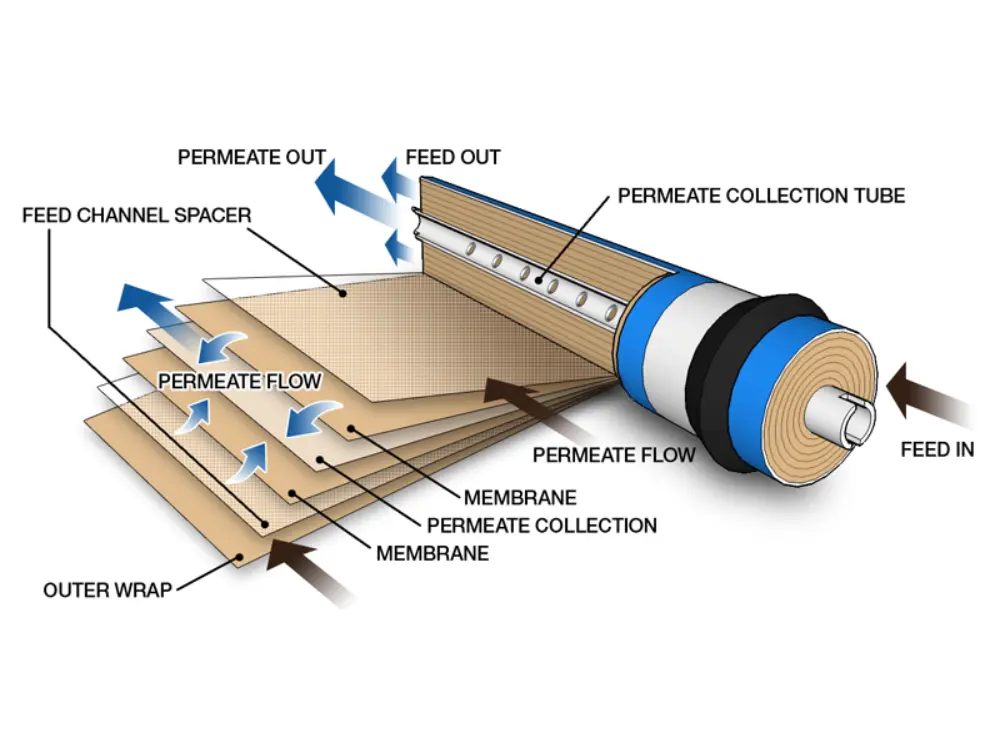
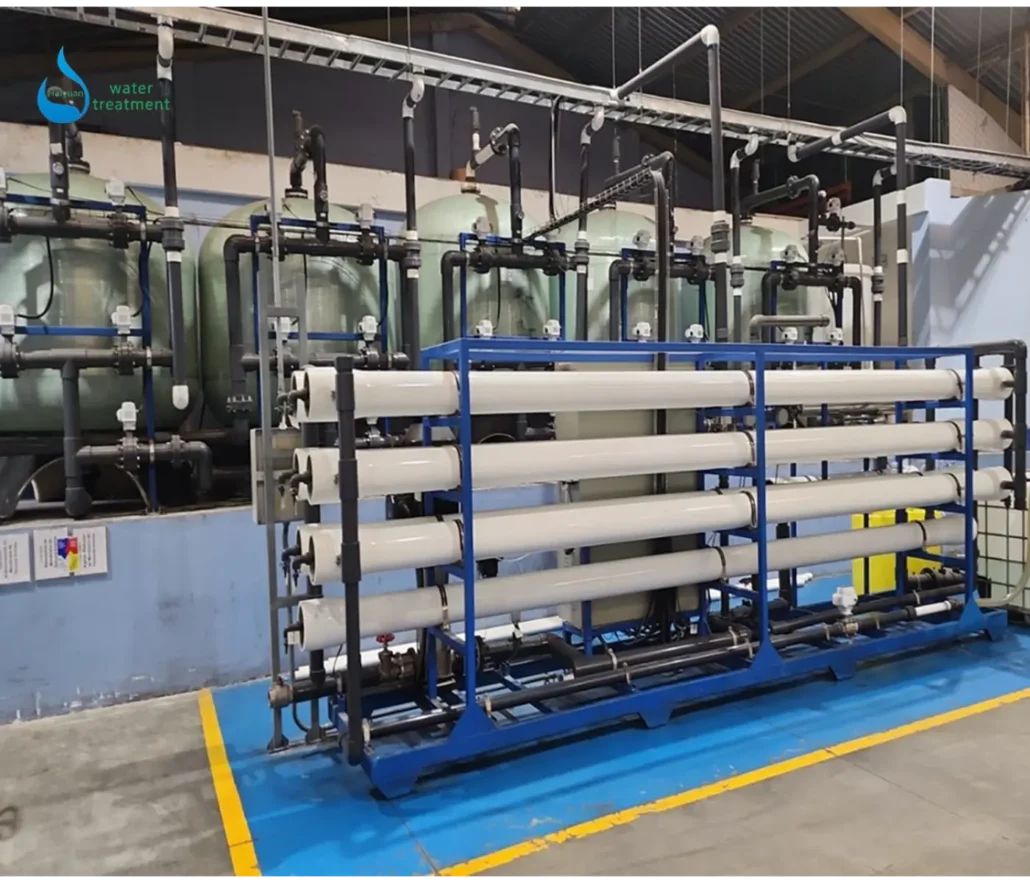
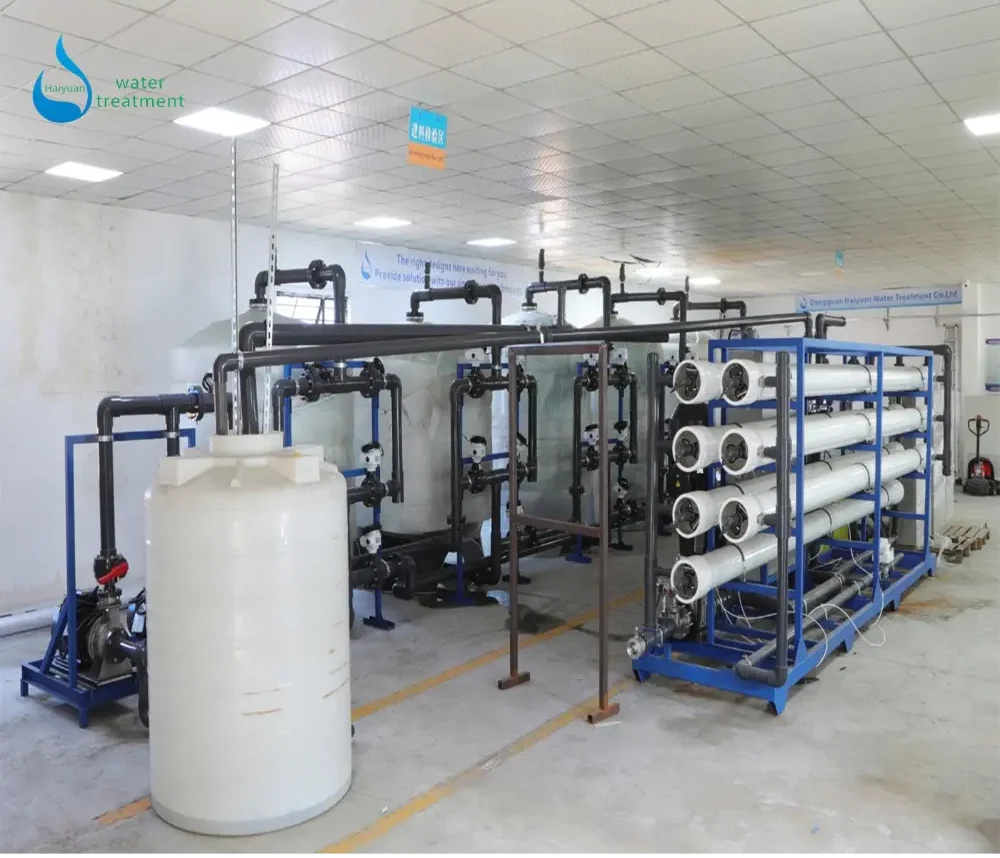
Common Applications of Reverse Osmosis Systems
*Residential Drinking Water – Safe, great-tasting water from the tap
* Agriculture – Reduce salt buildup in irrigation systems
* Industrial – High-purity water for manufacturing and cleaning
*Seawater Desalination – Converts saltwater into fresh water
*Laboratories & Pharmaceuticals – Precise water quality control
Maintaining Your RO System: What You Need to Know
Maintenance varies depending on water quality and system design. General tips include:
| Component | Replacement Frequency |
|---|---|
| Sediment Filter | Every 6–12 months |
| Carbon Filter | Every 6–12 months |
| RO Membrane | Every 2–3 years |
| Post-Filter | Annually |
| UV Lamp (if any) | Every 12 months |
Monitoring tools like TDS meters help you track water quality and membrane performance.
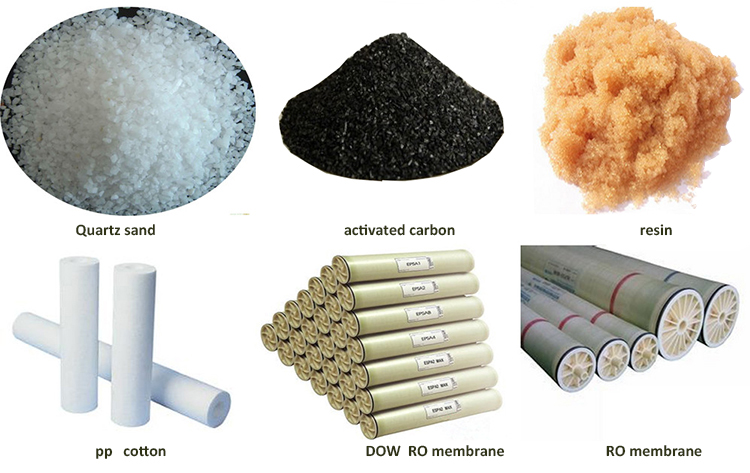
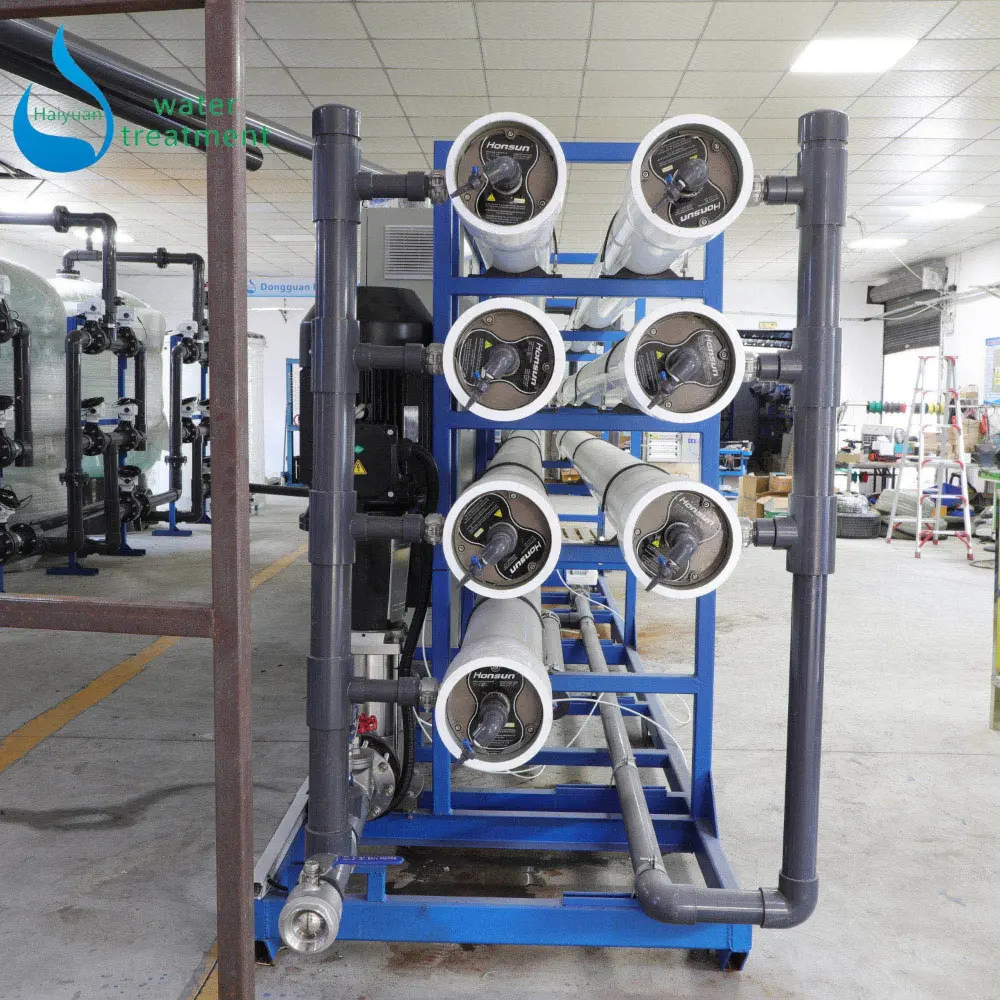
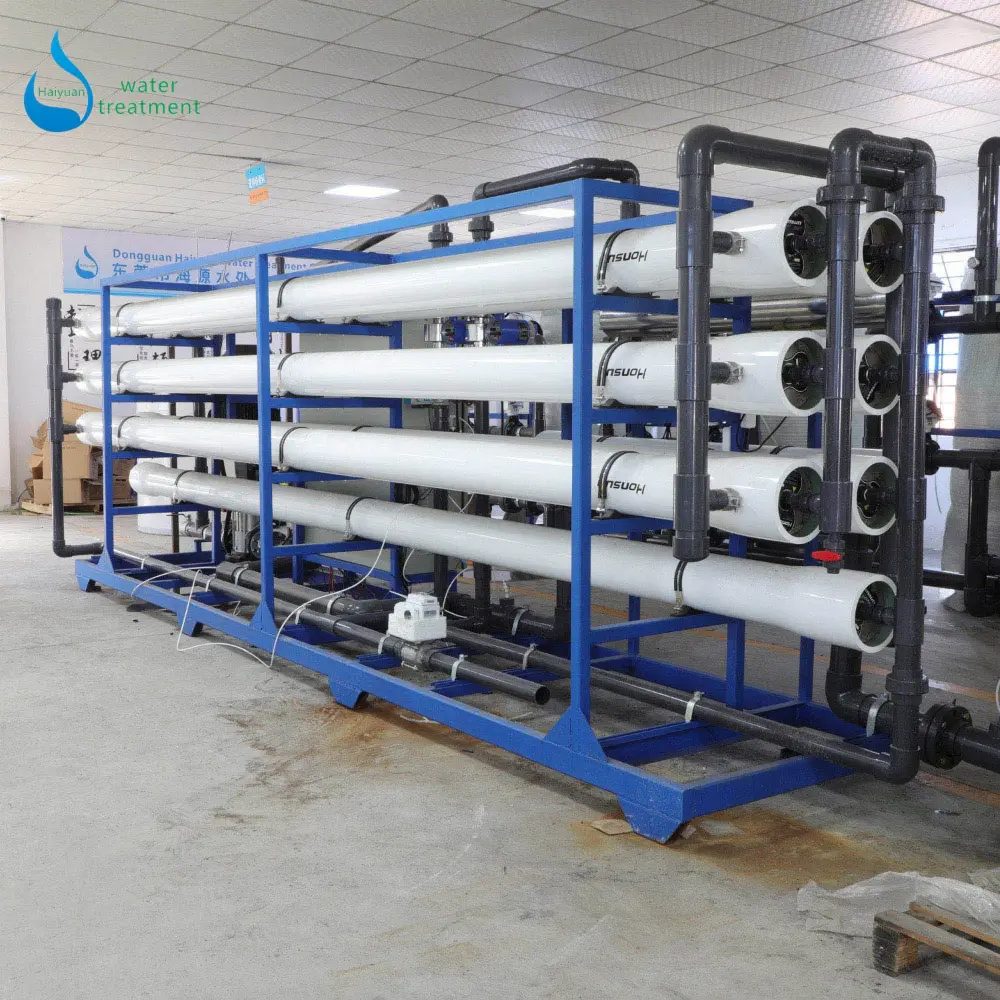
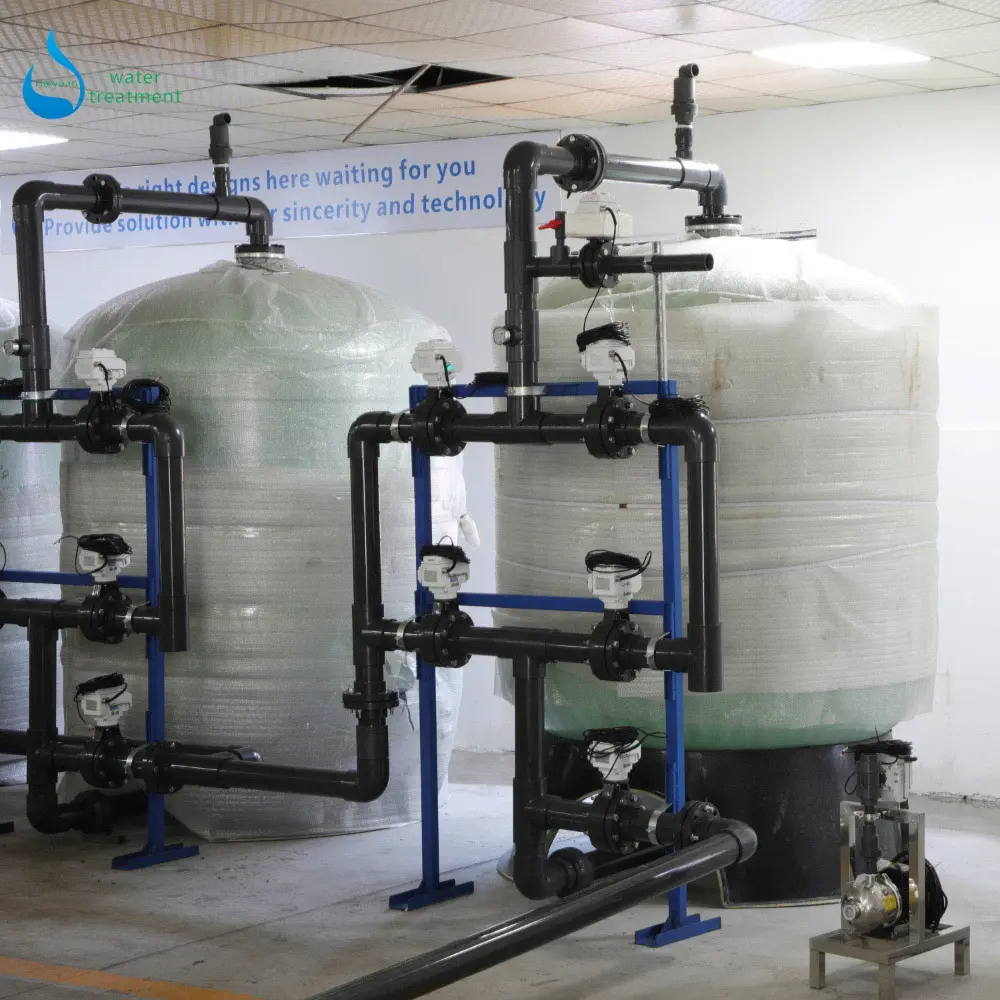
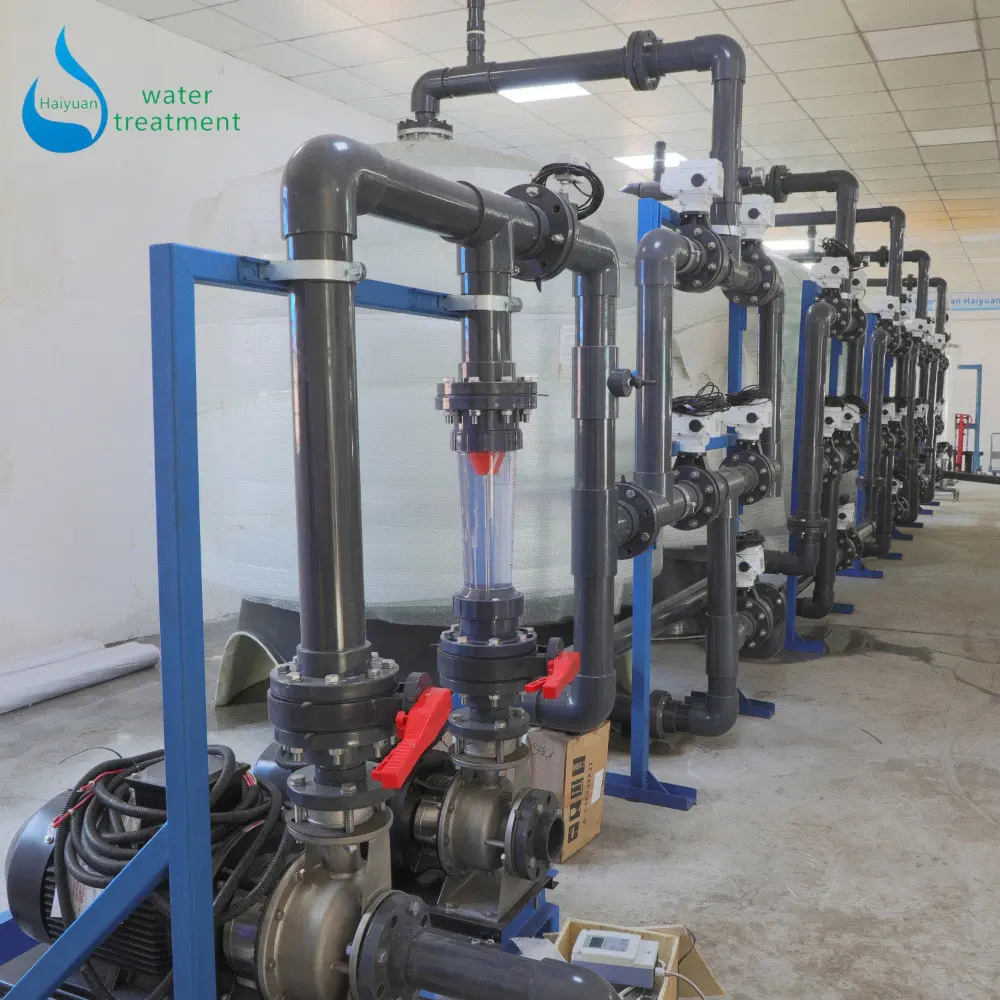
FAQs About Reverse Osmosis Systems
Q1: Does reverse osmosis remove beneficial minerals?
Yes, but these minerals are typically in very small amounts and are not the main source of your nutrition. RO water is clean and safe to drink.
Q2: How much wastewater is produced?
Modern RO systems can recover 50%–75% of water, depending on design and input water quality.
Q3: Is RO water better than bottled water?
Yes, RO water is often purer and more cost-effective than bottled water, and it’s better for the environment.
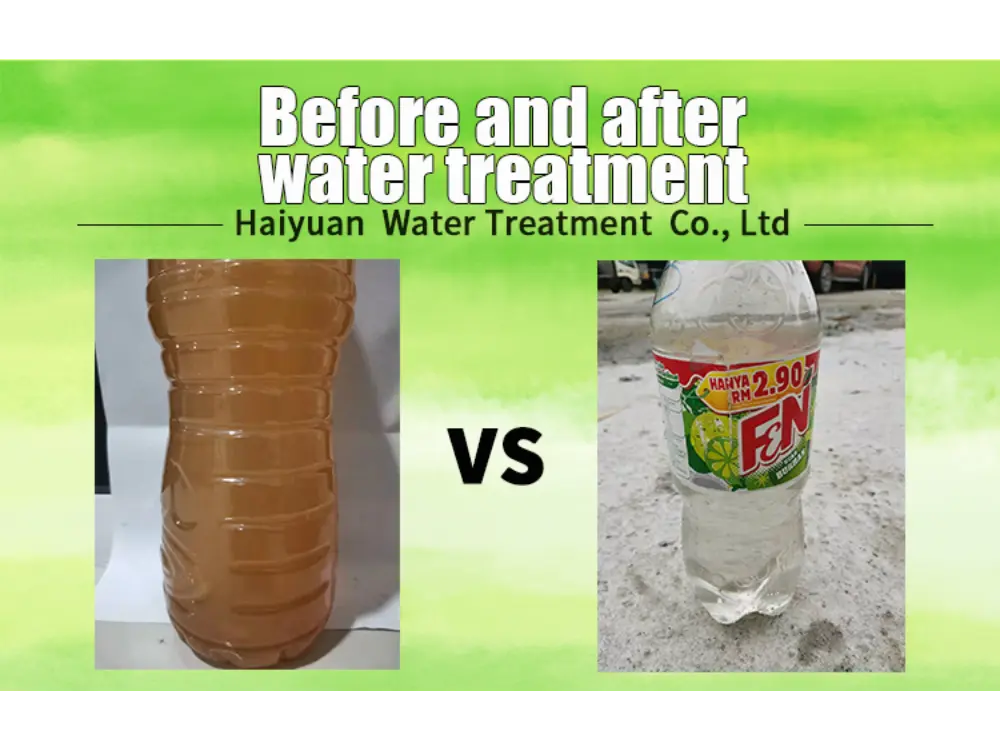
Conclusion: Is a Reverse Osmosis System Right for You?
If you need reliable, clean, and safe water—whether at home, on a farm, or in a factory—a reverse osmosis system is a smart and proven solution. Its ability to handle a wide range of water qualities and its flexibility in system size make it one of the most trusted technologies worldwide.
Looking for a custom reverse osmosis system? We offer professionally designed RO units from 50L/h to 50m³/h, tailored to your water source, capacity, and application.
